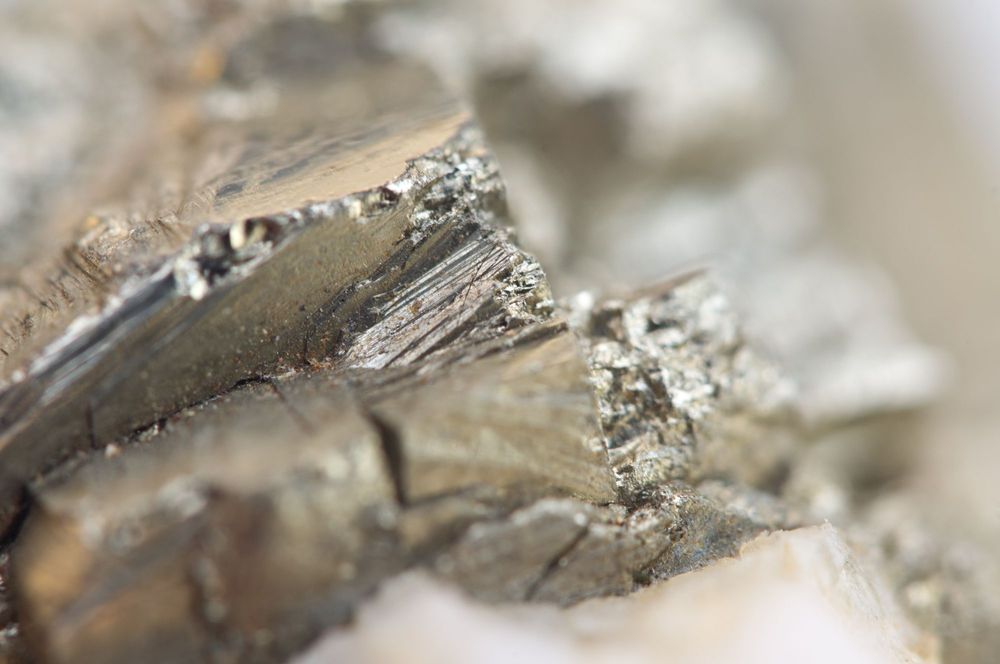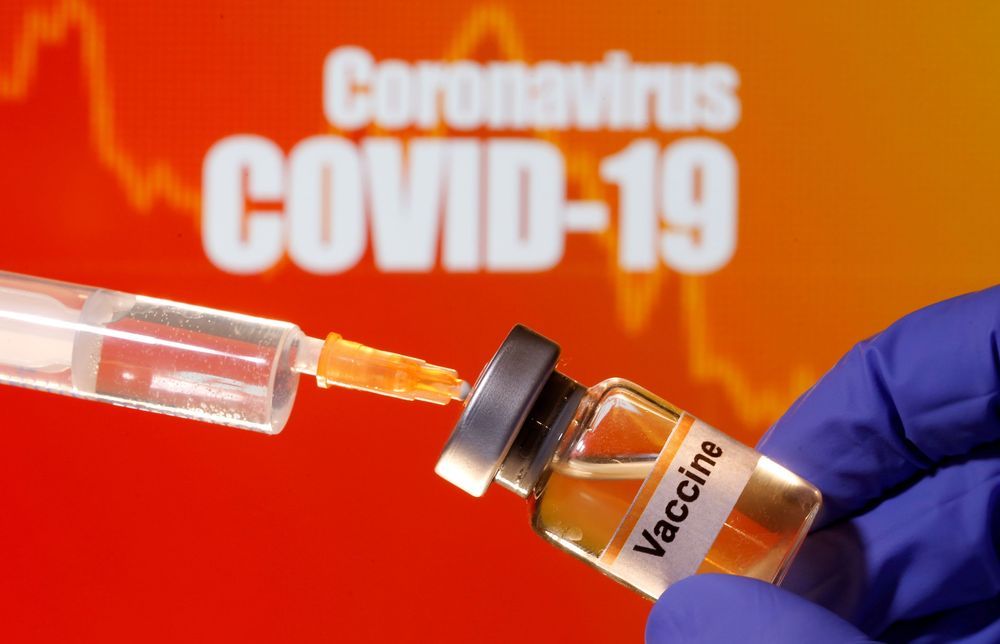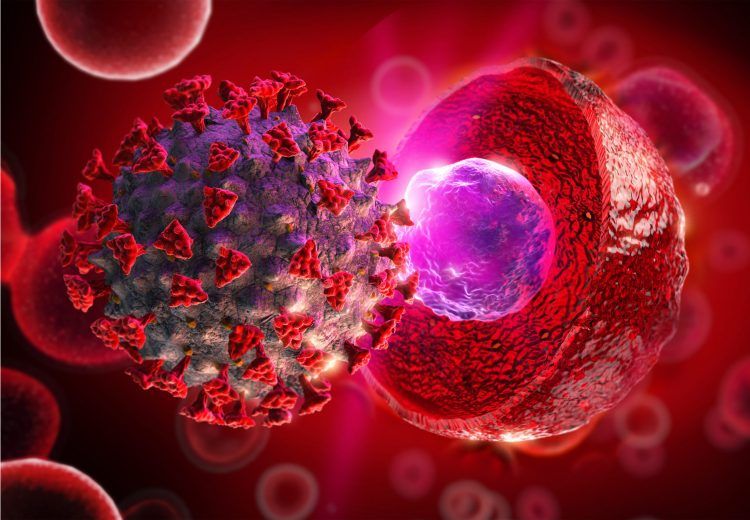Researchers have taken 3D images by bouncing individual photons from a laser off a building 45 kilometres away, more than 4 times farther than ever before.



Researchers have for the first time managed to use electricity to switch on magnetism in a material that’s normally non-magnetic. The find could be a step towards making electronic components out of common materials that might not otherwise be suitable.
Put simply, ferromagnetism – the strongest form of the phenomenon – arises in a material when the majority of electrons in its atoms spin in the same direction. For non-magnetic materials, the electrons are usually paired up so that their opposite spins cancel out the magnetic field.
There aren’t many substances that are natively ferromagnetic, but the most common ones are iron, cobalt and nickel, as well as their alloys. That doesn’t give engineers all that much to work with when creating electronic devices.


Computer programming has never been easy. The first coders wrote programs out by hand, scrawling symbols onto graph paper before converting them into large stacks of punched cards that could be processed by the computer. One mark out of place and the whole thing might have to be redone.
Nowadays coders use an array of powerful tools that automate much of the job, from catching errors as you type to testing the code before it’s deployed. But in other ways, little has changed. One silly mistake can still crash a whole piece of software. And as systems get more and more complex, tracking down these bugs gets more and more difficult. “It can sometimes take teams of coders days to fix a single bug,” says Justin Gottschlich, director of the machine programming research group at Intel.

Over the past decade, researchers have developed a growing number of deep neural networks that can be trained to complete a variety of tasks, including recognizing people or objects in images. While many of these computational techniques have achieved remarkable results, they can sometimes be fooled into misclassifying data.
An adversarial attack is a type of cyberattack that specifically targets deep neural networks, tricking them into misclassifying data. It does this by creating adversarial data that closely resembles and yet differs from the data typically analyzed by a deep neural network, prompting the network to make incorrect predictions, failing to recognize the slight differences between real and adversarial data.
In recent years, this type of attack has become increasingly common, highlighting the vulnerabilities and flaws of many deep neural networks. A specific type of adversarial attack that has emerged in recent years entails the addition of adversarial patches (e.g., logos) to images. This attack has so far primarily targeted models that are trained to detect objects or people in 2-D images.

Interesting.
The AI of 5–10 years time could be very different from today’s AI. The most successful AI systems of that time will not simply be extensions of today’s deep neural networks. Instead, they are likely to include significant conceptual breakthroughs or other game-changing innovations.
That was the argument I made in a presentation on Thursday to the Global Data Sciences and Artificial Intelligence meetup. The chair of that meetup, Pramod Kunji, kindly recorded the presentation.
You can see my opening remarks in this video:



Bytedance, the Chinese owner of TikTok, is facing mounting pressure from the US government to sell the video sharing app or risk being blacklisted in the country.
\t\t\tJournalists in 50+ countries explore developments in global commerce from every perspective.
\t\t\tFor Premium subscribers, we offer our dedicated ‘FT Free Trade’ newsletter every Tuesday and Thursday.
\t\t.

Researchers announce the first patient has been dosed in a trial testing remestemcel-L, a stem cell therapy, in severe COVID-19 patients on ventilators.
Testing of an experimental COVID-19 stem cell therapy has begun in the US. The therapy has been developed to treat hospitalised COVID-19 patients with moderate to severe acute respiratory distress syndrome (ARDS) who are on ventilators. A total of 300 are expected to be recruited into the randomised, placebo-controlled trial.